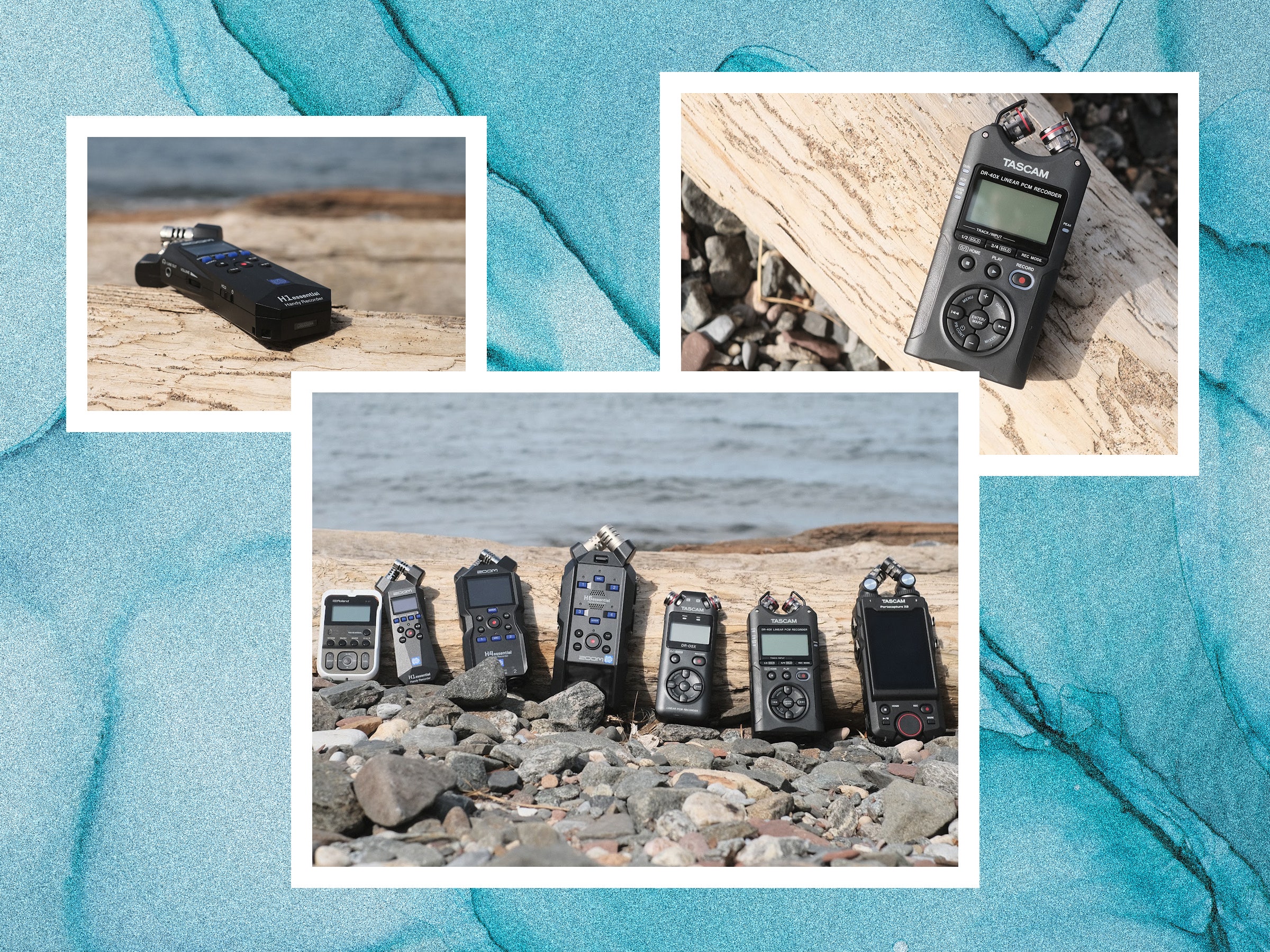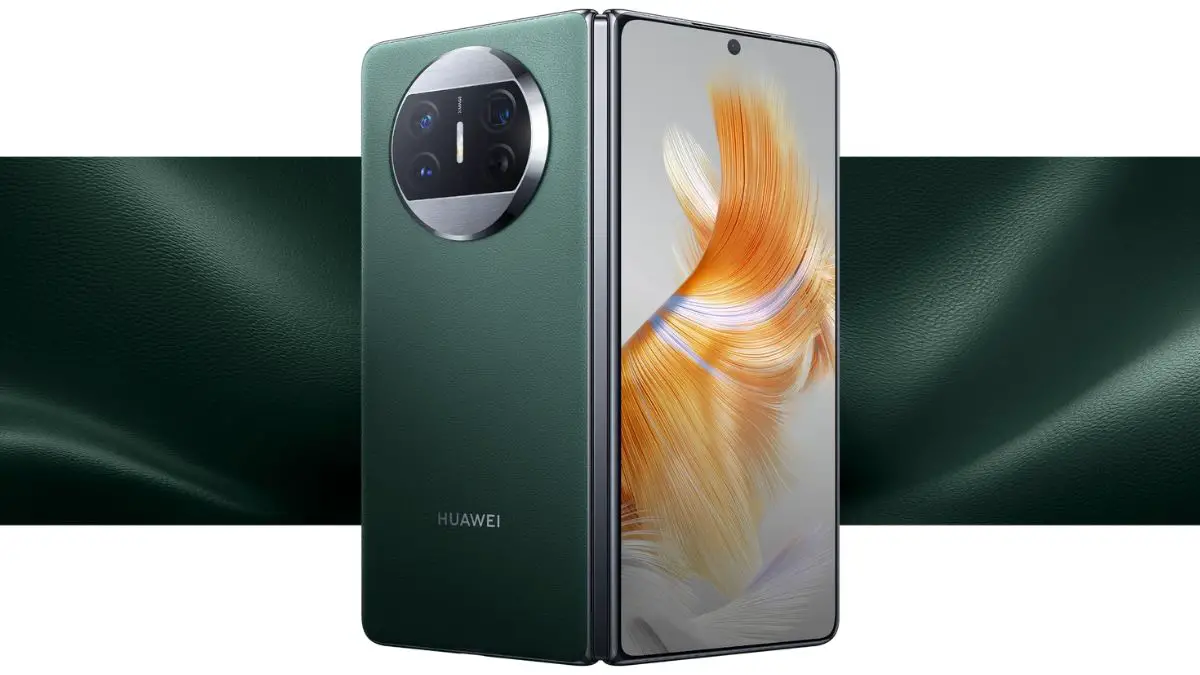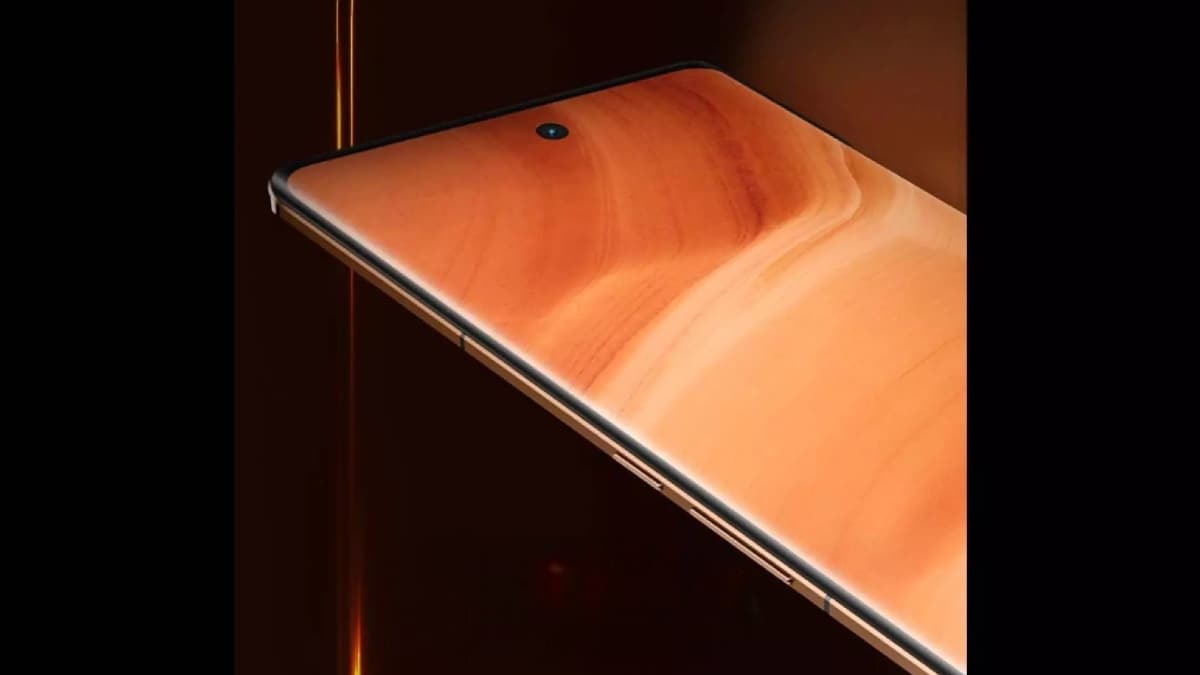Yes, you currently have a device in your pocket capable of capturing audio—your phone. But, the quality of the audio from those tiny microphones leaves a lot to be desired. You’ll easily overwhelm the mics if you try to capture an impromptu jam session with your band. You’ll never get solid stereo imaging of your environment. And echoey lecture halls will reduce any speaker to a muddy mess.
There are plenty of reasons to pick up a field recorder. They can be used to capture lectures at school, record audio for a video shoot, serve as a mobile podcast studio, collect samples to use in your music, and even create IR (impulse responses) for building custom audio effects.
There is also the act of field recording itself—going out and capturing the ambient sounds of the world around you. If you’ve never dabbled before, I can’t recommend it enough. It can teach you to listen more closely to the world around you and make you more observant.
If you work with audio in any way, even as a hobby, a good handheld field recorder is a must-have. Below are our current favorites. Be sure to also check out our guides to the Best Recording Software, the Best Wired Headphones, and the Best USB Microphones. If you’re interested in recording at home as well as outdoors, be sure to check out our guide to leveling up your home recording studio.
If you buy something using links in our stories, we may earn a commission. This helps support our journalism. Learn more. Please also consider subscribing to WIRED
-
Photograph: Terrence O’Brien
Best Under $100
Zoom H1essential
If you’re just looking to dip your toes into the world of field recording and want something that’s discreet and simple but also a significant step up from the mics on your phone, the H1essential is probably your best bet.
Beyond its rock-bottom price and pocketability, the headlining feature here is support for 32-bit float recording. This, in theory, means you don’t have to worry about setting your gain levels or clipping your audio because everything will be recoverable in post. The reality isn’t that simple, but the H1essential still delivers clean and malleable audio the vast majority of the time.
Rainstorms captured with it have a much more immersive stereo field than what you could possibly capture with your phone. And voices are much more intelligible, which makes it handy for lectures, presentations, and interviews. The fact that you don’t have to mess with the gain (and really can’t) also makes it great for spontaneously capturing foley sounds or weird noises in your environment.
Its microphones aren’t the best, there’s no XLR jack (only a 3.5-mm one), and the stripped-down features will frustrate more demanding audio nerds. But it’s small enough to toss in a jacket pocket and avoids drawing too much attention.
-
Photograph: Terrence O’Brien
Best for Mobile Multi-Tracking
Tascam DR-40X
Despite the somewhat older feature set I think the best balance of quality and price ($199) is to be found in the Tascam DR-40x. The lack of 32-bit float recording is a bit of a bummer, and I have a sneaking suspicion that Tascam will end up launching a replacement for the DR-40x sooner rather than later. But for now I think this is the one to get for most people.
The quality of the mics is a significant step up from the Zoom H1 and can be set in either an X/Y or A/B pattern, depending on how wide you want your stereo field to be. Plus it has two combo TRS/XLR inputs with phantom power for capturing sound with your own mics or direct from an instrument. It admirably handles being in a loud room during an impromptu jam, and its ambient recordings of forests and storms were among my favorites.
Even though the DR-40x doesn’t support 32-bit float, it has other tricks up its sleeve to avoid clipping. It has Peak Reduction and can record a second track simultaneously at a lower gain level so you can salvage audio even if there’s an unexpectedly loud noise. It can be used as a USB audio interface and even has punch-in recording and nondestructive overdubbing, meaning it can be a makeshift recording studio for capturing demos and rehearsals on the go.









